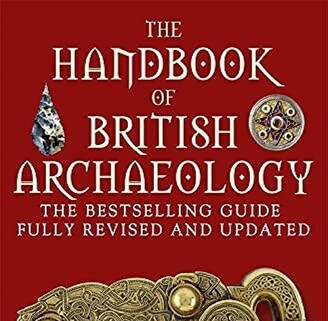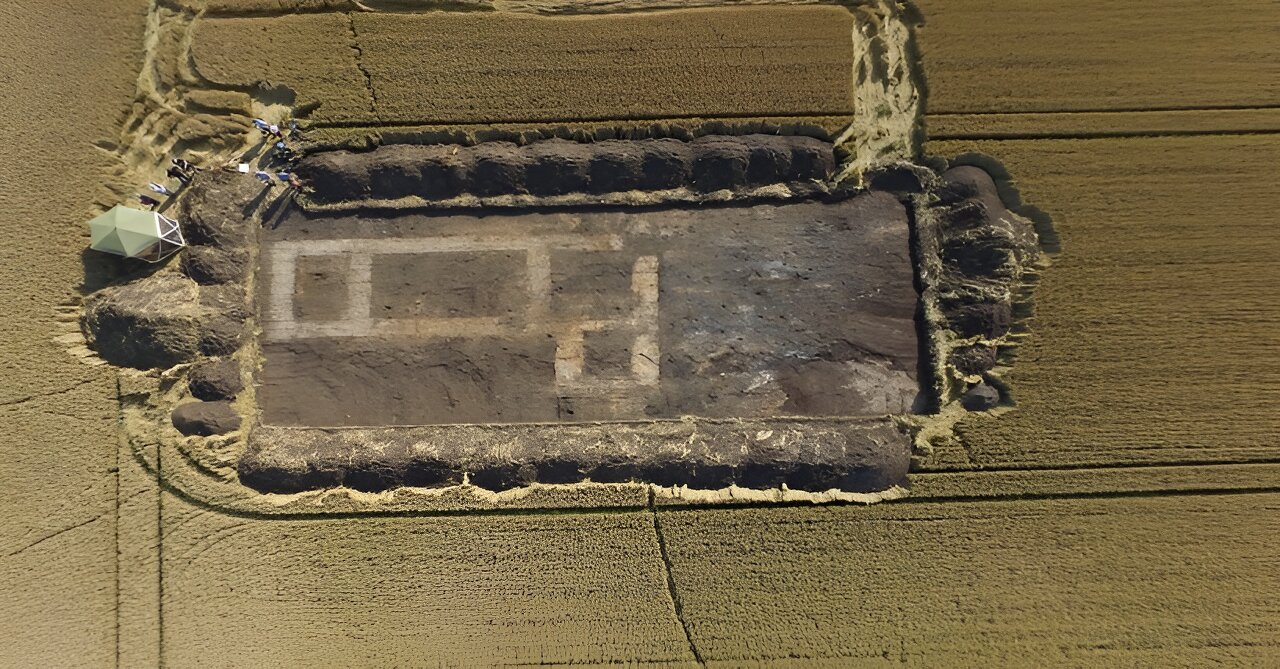Archaeologists from Newcastle University have unearthed evidence for an evolving sacred landscape spanning centuries in Crowland, Lincolnshire. The study is published in the Journal of Field Archaeology.
Crowland today is dominated by the ruins of its medieval abbey. However, local tradition holds that the area was the site of an Anglo-Saxon hermitage belonging to Saint Guthlac, who died in the year 714 and was famed for his life of solitude, having given up a life of riches as the son of a nobleman.
When his uncorrupted body was discovered 12 months after his death, Guthlac was venerated by a small monastic community dedicated to his memory. Guthlac’s popularity while he was alive, and the success of this cult and the pilgrimage it inspired, were key factors in the establishment of Crowland Abbey in the 10th century to honor the saint.
The first discovery they made was a previously unknown Late Neolithic or early Bronze Age henge, a type of circular earthwork and one of the largest ever discovered in eastern England.
Because of its size and location, the henge would have been a prominent place in the region and provided a major site for ceremonial activity. At this time, Crowland would have been a peninsula surrounded on three sides by water and marshes, and the henge was situated on a distinctive and highly visible point projecting out into the Fens.
The henge seems then to have been deserted, perhaps for many centuries, but the significance already given to the site by the substantial prehistoric earthworks—which would have still been visible into the medieval period—meant it was probably seen by hermits like Guthlac as a unique landscape with a long and sacred past.
It was around Guthlac’s lifetime that the henge was reoccupied, and the excavation found large quantities of material including pottery, two bone combs, and fragments of glass from a high-status drinking vessel. Frustratingly for the excavation team, all of the structures of this date seem to have been destroyed through later activity, and these artifacts offer only a tantalizing insight into how the henge was being used in the Anglo-Saxon period.
“We know that many prehistoric monuments were reused by the Anglo-Saxons, but to find a henge—especially one that was previously unknown—occupied in this way is really quite rare,” said Dr. Duncan Wright, Lecturer in Medieval Archaeology at Newcastle University.
That’s a fascinating glimpse into an ancient sacred landscape - a henge on a peninsula into marshes must have been quite a sight.



